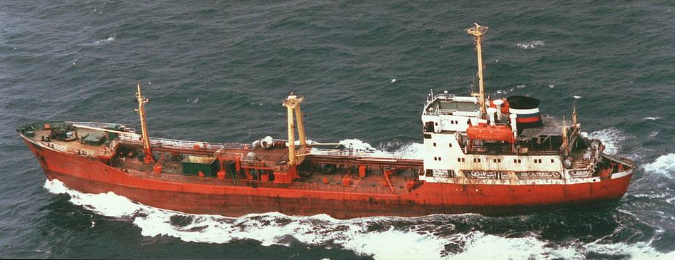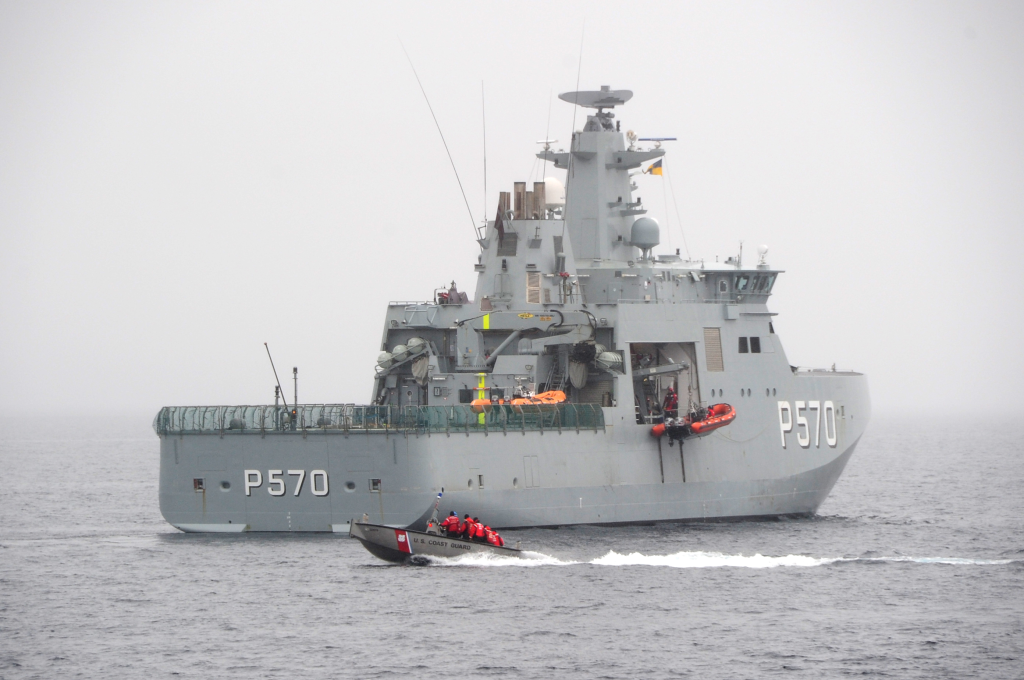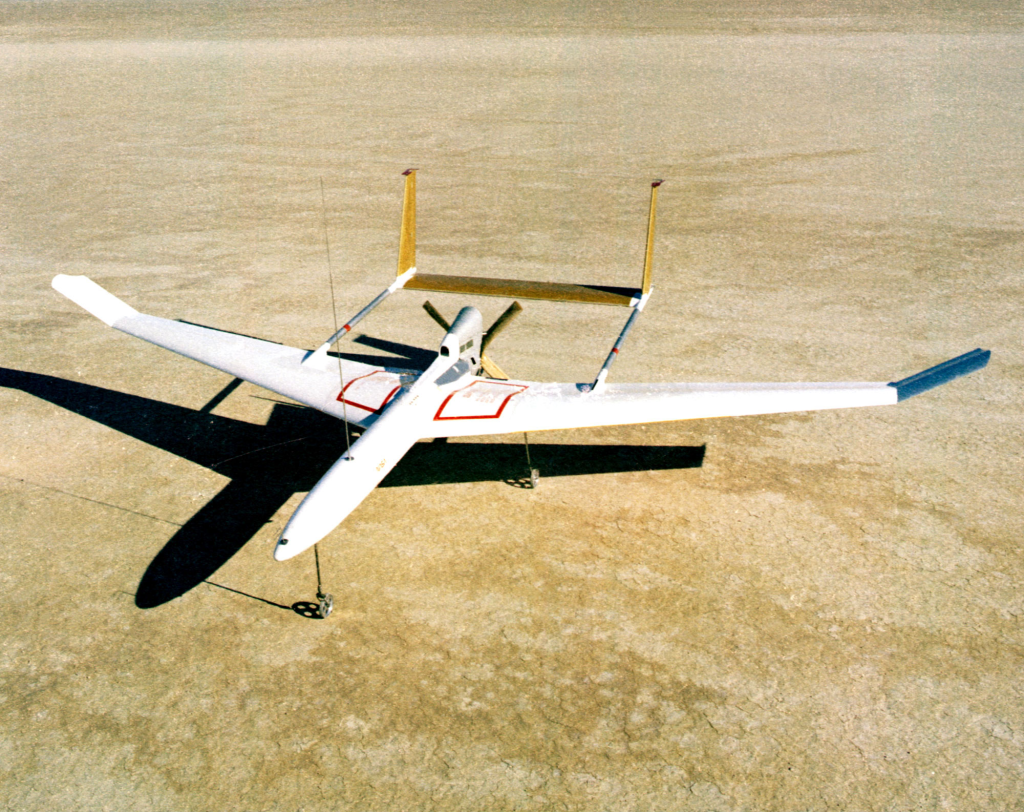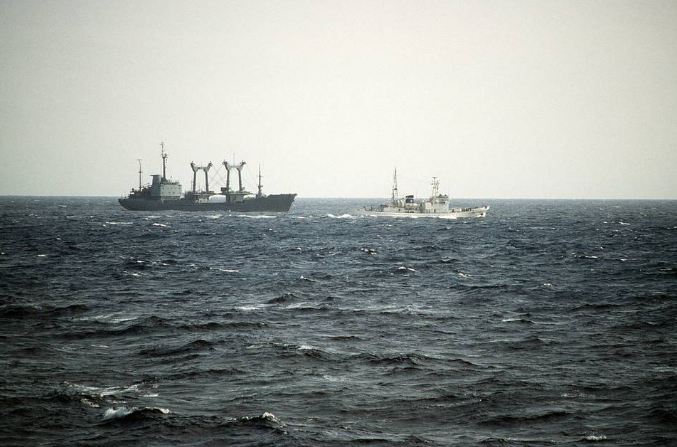
President Volodymyr Zelenskyy’s message was uncompromising: “These tanker ships number over 500 in our records. They must be stopped entirely because it would severely impact the trade in energy and in European security. These ships also happen to be among the ships used by the Russians to deploy drones.” The magnitude he mentioned highlights not only an economic threat but also an increasingly dynamic security menace within European seas.

1. The Size and Composition of the Shadow Fleet
The number of Russia’s shadow fleet tanker ships is estimated by the Ukrainian intelligence service to be in excess of 500 ships, but French President Emmanuel Macron has quoted the number at 600 to 1,000 ships. The ships fly foreign flags Benin, Aruba, Curaçao, and Sint Maarten among them are commonly backed by forged registration papers. The ships’ ownership is obscured by intricate company structures, and ships commonly switch names and flags in evasion of tracking. The mission started with sanctions evasion of oil exportation but has grown to encompass the realm of hybrid warfare in the role of the fleet.

2. Engineering Changes for Dual-Use Operations
Security specialists note that the tankers may be adapted to carry and launch drones and become mobile military platforms. Civilian hulls conceal reinforced decks to deploy drones, sophisticated communications antennas for off-site remote-control piloting, and covered stowage for unmanned aerial devices. Ships like the Boracay otherwise known as Pushpa are rumored to be fitted with military-grade sensors responsive to encrypted communications intercepts and undersea infrastructure surveys. Such adaptations capitalize on the large steady deck space and plentiful power supplies of the oil tanker and suit themselves well to long drone missions off-shore.

3. Hybrid Warfare at Sea
According to Basil Germond of Lancaster University, “About 97 percent of our internet communication transits via undersea cables, which are increasingly targeted by hostile actors.” Shadow fleet vessels can conduct reconnaissance on these cables, gather intelligence on weapons supply lines, and disrupt navigation systems. The maritime domain’s overlapping jurisdictions and vast expanses make attribution difficult. Erik Stijnman of the Clingendael Institute warns that “military personnel disguised as civilians” can operate from these ships, enabling intelligence collection without overt military presence.

4. Case Study: The Boracay Incident
It was intercepted on September 30 by French marines off the coast of Saint-Nazaire, accused of sanctions evasion and potential drone launching base activity related to flights over Danish airspace. The Chinese national captain was accused of disregarding naval orders. The ship, which is registered in the African nation of Benin, had undergone several name changes and once operated without the legitimate flag. Even after detention, it returned to its course toward the Suez within days indicating how challenging it is to effectively stop such activities under prevailing maritime law.

5. European Enforcement Measures
France, Denmark, and Estonia are increasing inspections. Denmark has targeted the busiest Nordic maritime hub, Skagen Anchorage, for environment and security inspections. Inspectors examine the waste treatment systems, ballast water treatment, and compliance with scrubber discharge, alongside flag validity and insurance certificates. At the Great Belt Bridge, sulfur release is tested with “sniffer” sensors in order to maintain the IMO SOx and NOx limitations, something which in the recent past has also involved the deployment of aerial sniffer drones.

6. Satellite and Tracking Technologies
Tracking the shadow fleet depends significantly on satellite-borne Automatic Identification System (AIS) transmissions, synthetic aperture radar (SAR) imagery, and heat infrared sensors. AIS blind spots in which ships intentionally turn off transponders are checked against SAR imagery to spot “dark” ships. Websites such as Marine Traffic also offer real-time position information, but researchers pair this with unclassified military satellite feeds to monitor suspect ships in inclement weather or at night. These programs are necessary to connect boat movements with drone incursions or cable-mapping expeditions.

7. Sanctions and Legal Countermeasures
The EU’s 19th sanctions package aims at the companies providing false flags and steps up the phase-down of Russia’s LNG imports to January 1, 2027. It also rescinds exemptions for big Russian oil suppliers and increases the number of sanctioned ships by 118. European Commission President Ursula von der Leyen declared, “Russia’s war economy is fueled by fossil fuel revenues. We want to reduce these revenues.” But the limitations of maritime law like the intractability of seizing ships beyond territorial waters restrict the reach of enforcement.

8. Strategic Risks and NATO Vulnerabilities
These hybrid maritime activities take advantage of weaknesses in NATO’s rules of response. Commented Christian Kaunert of the University of South Wales, “If you don’t even have a policy on who can shoot down the drones, you are very obviously the weak point.” The suspected involvement of the Boracay in drone flights over Denmark illustrates how fast civilian-appearing ships can extend military power deep within the European skies. The appearance of the submarines off the coast of Gibraltar and repeated violations of airspace in Poland, Estonia, and Romania underscore the scope of the threat.

Development of the shadow fleet from sanctions-busting ships to active hybrid warfare platforms has been the result of the convergence between maritime engineering, military covert adaptation, and geopolitical planning. Unless it is reinforced with coordinated enforcement, stepped-up surveillance, and expedient attribution capacity, the ships will continue to operate in the maritime “grey zone,” inflicting both economic instability and insecurity across Europe.

